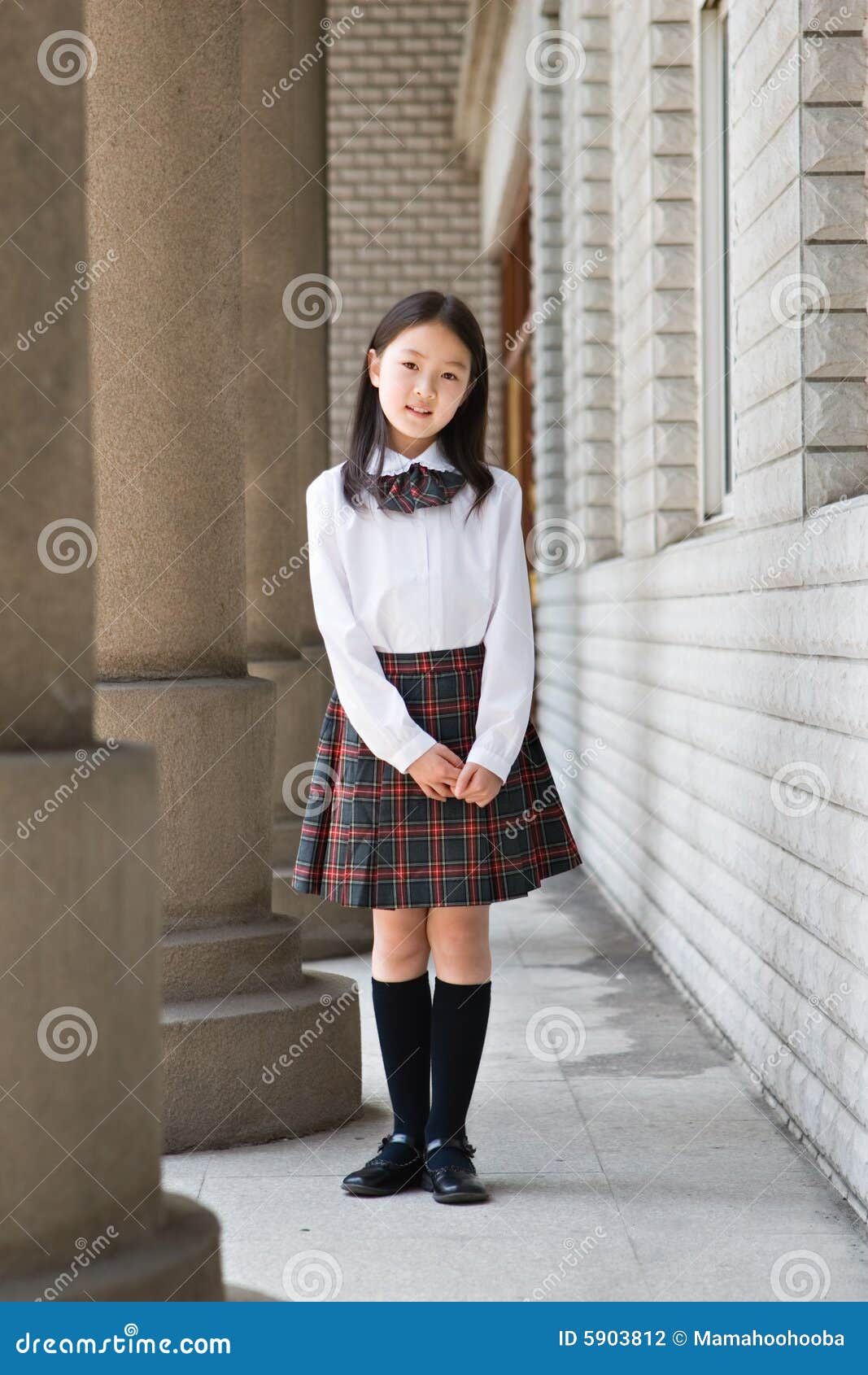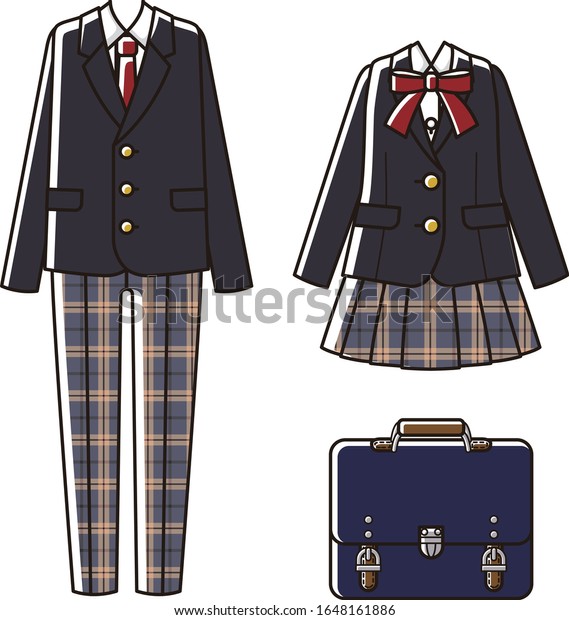Japanese Uniforms - The Facts
Japanese Uniforms Fundamentals Explained
Table of ContentsNot known Facts About Japanese UniformsFascination About Japanese UniformsJapanese Uniforms - An OverviewJapanese Uniforms Can Be Fun For AnyoneJapanese Uniforms Can Be Fun For Anyone
While you could think that uniforms are quite standard, Japan's iconic uniform stick out amongst the group. Find out the background, culture and also different styles available along with the strict changing of the consistent routine. Japanese attires are generally found in middle as well as senior high schools. However, some private schools might also have Japan school uniform needs for primary children. While different institutions have some variants in design with various fabrics and layout components, generally, the consistent components for a Japanese student are very similar. Modern attires resemble parochial attires located in the West. The contemporary attire will include: Blazer Trousers White t shirt Tie Black leather shoes Some institutions likewise call for that their trainees use a cap as part of the attire.
While different institutions have some variants in design with various fabrics and layout components, generally, the consistent components for a Japanese student are very similar. Modern attires resemble parochial attires located in the West. The contemporary attire will include: Blazer Trousers White t shirt Tie Black leather shoes Some institutions likewise call for that their trainees use a cap as part of the attire.On June 1st, trainees will change into the summer season uniform, while in October, they will change to the winter months apparel. In Japan, college uniforms are major company. Not only do they manage the shade of your socks and also footwear, yet they will monitor the size of skirts as well as colors of sweatshirts.
Not only must the uniforms be organized on college grounds however outside of college. While in the West, it is common to see teens with purple hair or eccentric makeup for self-expression, this is not so in Japan. Several institutions have guidelines that regulate appearance, consisting of not changing your natural appearance.
The Buzz on Japanese Uniforms

This also suggests no jewelry as well as painting your nails. Tattoos are likewise a huge no-no and also needs to be covered in any way times. Young boys have to be tidy hairless and have hair a details size. For cleanliness as well as to shield floorings, Japanese don't use footwear inside. Rather, they put on slippers. This practice is followed right into college life where the students clean the college.
The attire for ladies was unique. In maintaining with tradition, it consisted of a kimono as well as hakama, or flowing pleated trousers that belt at the waist.
In the early 1900s, ladies moved right into the sailor fit, which made flexibility a lot less complicated (Japanese uniforms). While center and high schoolers are very strictly needed to wear an attire and also keep it neat, university students obtain liberty of expression.
Their looks additionally have a great deal of assumed into them as opposed to simply convenience in mind. If you stay in America, possibilities are you have actually seen a Japanese student uniform at Comic-Con or one more cosplay occasion. While it may be the uniform that is attractive, it is normally component of a character attire.
The Of Japanese Uniforms
Garments in Japan is unique. Not only do they have a lengthy background of beautiful flowy you can check here garments, but when it involves the school uniforms, Japanese culture has taken one-of-a-kind trends even among Eastern societies. While the traditional sailor suit is renowned, the modern-day Japanese style drops in line with Chinese as well as Oriental styles.
 Something went wrong. Wait a minute and also try once more Attempt again.
Something went wrong. Wait a minute and also try once more Attempt again.Kids started to wear a consistent called a gakuran. It was composed of a hat, a black top with a stand-up collar, five golden switches, and black straight-legged trousers. It is in fact the exact same uniform that young boys remain to use to this day, but when it was first introduced in the Taisho age, the Japanese children wore it with geta (wooden platform shoes) on their feet.
After that, the Catholic-school-influenced plaid skirt and sports jackets with high socks was the following uniform movement to move the schools of Japan. Source: https://livejapan. com/ Despite what kind of consistent any type of certain school assigns its trainees, all institutions have a summer season variation of the attire, as well as a wintertime variation.
Not known Facts About Japanese Uniforms
They typically contain a white dress t-shirt as well as pants for children, and also a light blouse and also skirt with a tie for women. Students likewise have a laid-back sports attire for exercises and also club practices. Winter season uniforms are much less informal and more specialist, and are made from much heavier material and come with sports jacket coats to maintain the trainees warm.
Specific institutions likewise control student hairdos, footwear, piercings, as well as book bags, however these certain policies have actually ended up being a little more unwinded in the modern-day times, as well as at some colleges are only adhered to on special events such as college opening/closing ceremonies or school image days - Japanese uniforms. It is normal for uniforms to be worn beyond school areas, as well as you will certainly commonly see students out in teams in the evenings and on the weekend breaks still dressed in their college attires.
The uniform commonly includes a blouse with a sailor-style collar and also a pleated skirt. As mentioned, the uniforms change slightly in the summertime summer and wintertime, so depending upon the period, the sleeve size and also material are readjusted as necessary. A bow is connected in the front and also tied through a loophole affixed more to the shirt.
Without a doubt, one of the most typical attire for kids is the gakuran (). It is composed of a square-shouldered top with a stand-up collar, 5 golden buttons, and also black straight-legged pants. The shade of the attire is usually black, yet some schools make use of navy see blue. The gakuran is obtained from the Waffenrock, a fatigue clothes that was introduced to Prussia in 1842.
An Unbiased View of Japanese Uniforms
The attire has a standing collar top that buttons down from top-to-bottom, and straight-legged trousers that are put on with a dark-colored belt. As for the footwear, kids typically put on dime slouches or sneakers with this uniform.